It is not every day that we get to review a system with over $66,000 of CPUs. Today is one of those days. Actually, STH’s previous record in a single system was “only” a bit over $40K in our original Quad Intel Xeon Platinum 8180 initial benchmarks. Being fair, these CPUs are not intended for your average system. The “L” designation means that these are for the top tier of memory users, or those who are using products like the 256GB and 512GB Intel Optane DC Persistent Memory Modules (DCPMM.) Still, with 112 cores and 224 threads, this is a high-end Intel Xeon configuration.
Key stats for the Intel Xeon Platinum 8276L: 28 cores / 56 threads and 2.2GHz base clock and 4.0GHz turbo boost with 38.5MB cache. The CPU features a 165W TDP. These are $16,616 list price parts. Here is the ARK page with the feature set.
Here is what the lscpu output looks like for an Intel Xeon Platinum 8276L:
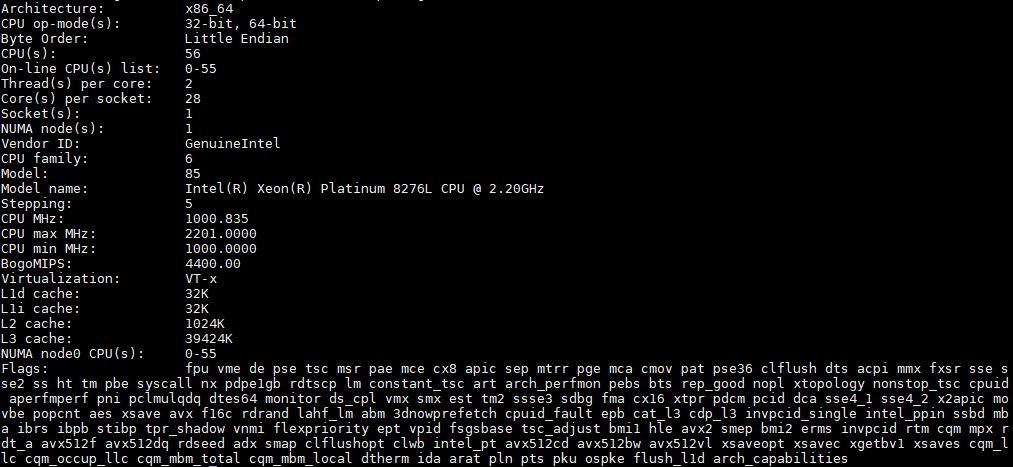
Since pricing is going to be a topic for many readers, Intel is tying increased memory to the CPU not because it is a significant additional cost for the onboard memory controllers to support. Instead, in a quad Intel Xeon Scalable system with even 6TB of Intel Optane DCPMM, one is spending around $53K in DCPMM and more with DDR4. Likewise, prices for 48x 128GB or 256GB DIMMs are also significant. Intel adds cost on its chips to capture some of the value that the memory makers are providing with high capacity parts. It also allows the company to keep Optane DCPMM at lower price points while offsetting pricing on the CPU side.
Quad Intel Xeon Platinum 8276L Test Configuration
For our 2nd Generation Intel Xeon Scalable CPU quad socket reviews, we are using the following configuration:
- System: Supemicro SYS-2049U-TR4
- CPU: Intel Xeon Platinum 8276L
- RAM: 48x 32GB DDR4-2933 ECC RDIMMs, 24x 32GB DDR4-2666 ECC RDIMMs plus 24x 256GB Intel Optane DCPMM
- Storage: 4x Seagate Exos 2TB 2.5″, 2x Samsung 960GB U.2 NVMe SSDs, 128GB Supermicro SATA DOM
- PCIe Networking: Mellanox ConnectX-4 Lx 25GbE, Intel X710 4x 10GbE SFP+
A quick note here, we utilized the Intel Optane DCPMM here because we wanted to get more than 1TB per CPU and this is the best we could do. We have some budgets to contend with at STH and for a freely available review site, this is the best we could do.
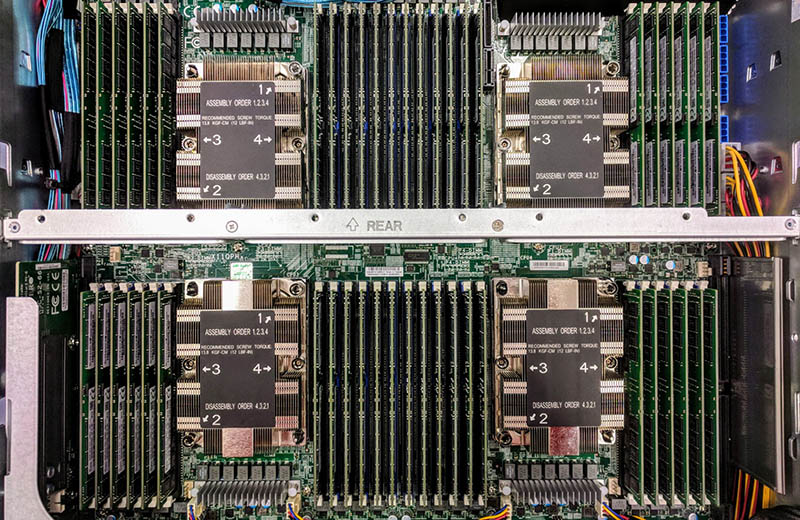
You can learn more about the test server in our Supermicro SYS-2049U-TR4 review. Upgrading the server from our first generation to the second generation of Intel Xeon Scalable processors simply required a BIOS update. In newer systems, the platform will come standard with that support.
Overall, the platform has support for an enormous amount of I/O and storage customization options. With four Intel Xeon Scalable CPUs, one has a maximum of 192 PCIe lanes available connected to the system which is twice what one has in a traditional dual socket server. Scaling up is a key value proposition of the Intel Xeon Gold 6xxx and Platinum 8xxx families. With CPUs like these, we wanted to test them in a four-socket platform.
Next, we are going to take a look at our quad Intel Xeon Platinum 8276L benchmarks, we are then going to focus on power consumption then conclude with our final words on the processors.

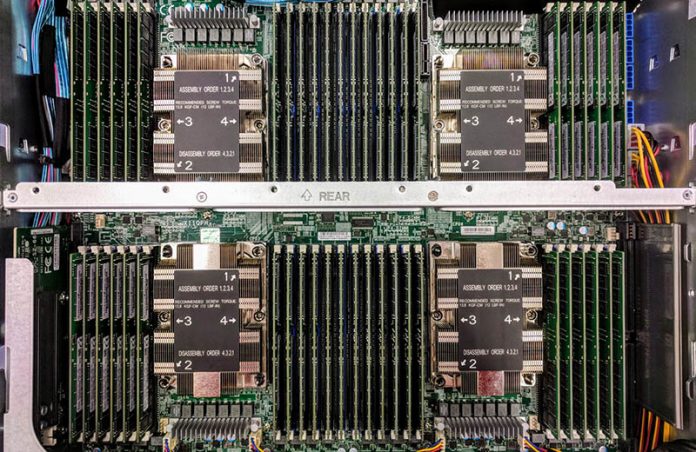
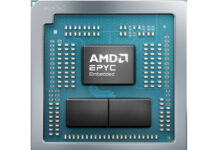

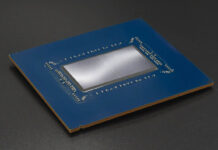
Here, one can see very strong performance here. ???
Hi,
When you are talking about STH budgets and pricing, are you suggesting you are actually purchasing these systems retail just to review them?
Shouldent Intel (or the other brands) be providing you with samples?
Navi
Hi Navi – we purchase six figures worth of hardware each year in addition to what vendors supply for reviews. It takes a lot to do this testing. Just the data center costs we have are well over $50K annually using low cost providers.